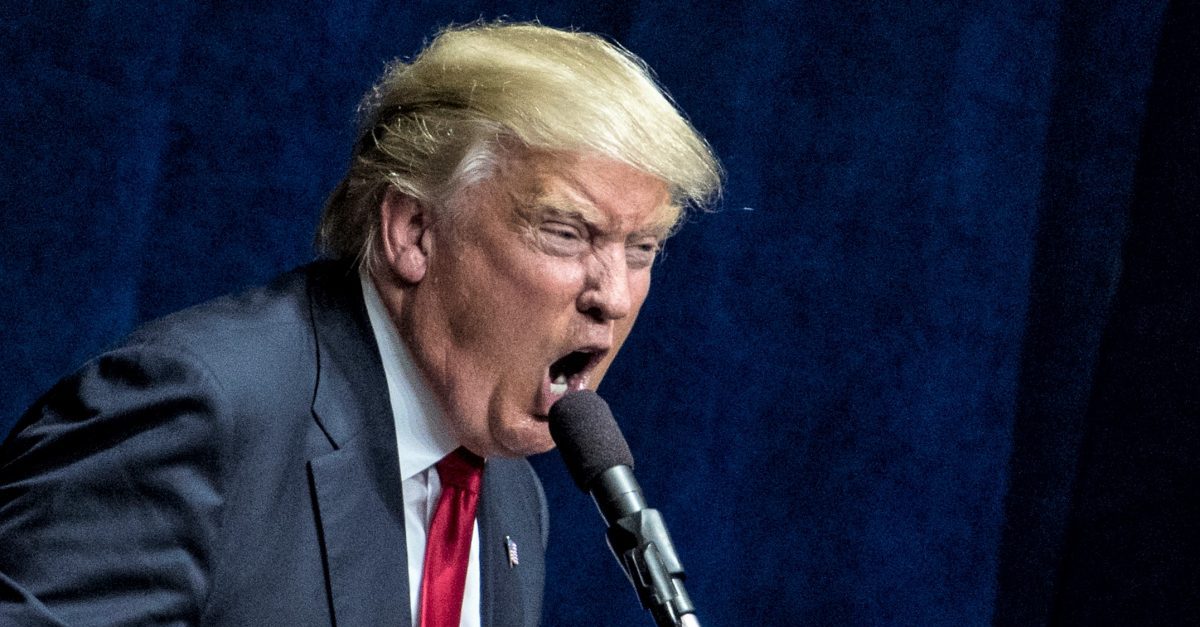
When news broke Friday that the Trump Administration raised the idea of relocating immigration detainees to “sanctuary cities” as a kind of punishment for districts whose representatives don’t support Trump’s policies, all hell broke loose. The White House scrambled to admit that the policy had been “floated“, but was quickly dismissed.
Trump himself, however, resurrected the idea in a series of tweets on Saturday night, in which he blasted the New York Times for having published a piece entitled, “Trump Sanctuary City Idea Could Help Migrants Stay in US.”
Shortly thereafter, the president tweeted the following [NB: by “just out” likely refers to Trump’s having recently watched Jeanine Pirro pronounce the federal government’s omnipotence on Fox News]:
Difficult as it may be to parse through Trump’s bluster and ramble, nestled between his threats to immigrants and those reserved for the State of California is a kernel of truth: the federal government does have the legal right to relocate immigration detainees as it sees fit. The federal government and its executive agencies have wide legal discretion overseeing immigration generally and detention specifically. Just as prisoners within the federal corrections system can legally be transferred from one facility to another, a person can be freely reassigned among detention centers. If you’re starting to see the similarities between the treatment of criminals and families seeking safety in the United States, then you’re beginning to understand the frustration of immigration advocates.
Law & Crime spoke with immigration expert and Director of Safe Passage Project Lenni Benson today, who explained:
When DHS takes custody of a person at the border they have authority to move them to any detention center or location where they have arranged for detention (private or rented spaces). In some cases, sadly, Congress has mandated detention and in others detention is at the discretion of the DHS. But they can choose the location.
That discretion is likely not “absolute” as Trump declares; while immigration detainees have reduced due process rights in some regards, those rights do exist and could limit the place and manner of immigration detention. Detainees are entitled to appear before immigration judges, and those judges might well order a change of venue for detainees involuntarily relocated for purely political purposes. Professor Benson explained that if DHS were to release a detainee into a particular jurisdiction in the way Trump has described, “an immigration judge would be likely to grant a change of venue to another part of the country…especially if the selection of jurisdiction seemed politicized or arbitrary.”
One wonders whether Trump’s obvious ire over the Times piece was the result of its raising a point he hadn’t considered: that his plan to punish liberals might have the unintended result of helping immigrants.
The plan would put thousands of immigrants in cities that are not only welcoming to them, but also more likely to rebuff federal officials carrying out deportation orders. Many of these locations have more resources to help immigrants make their legal cases to stay in the United States than smaller cities, with some of the nation’s biggest immigration advocacy groups based in places like San Francisco, New York City and Chicago.
Whatever Trump’s motivation, he is now doubling down on the administration’s threats. On Sunday morning, White House Press Secretary Sarah Sanders told ABC’s George Stephanopoulos that the president “likes the idea” of relocating detainees, and that administration is still “giving strong considerations” to the proposal.
[Photo by Andrew Renneisen/Getty Images]